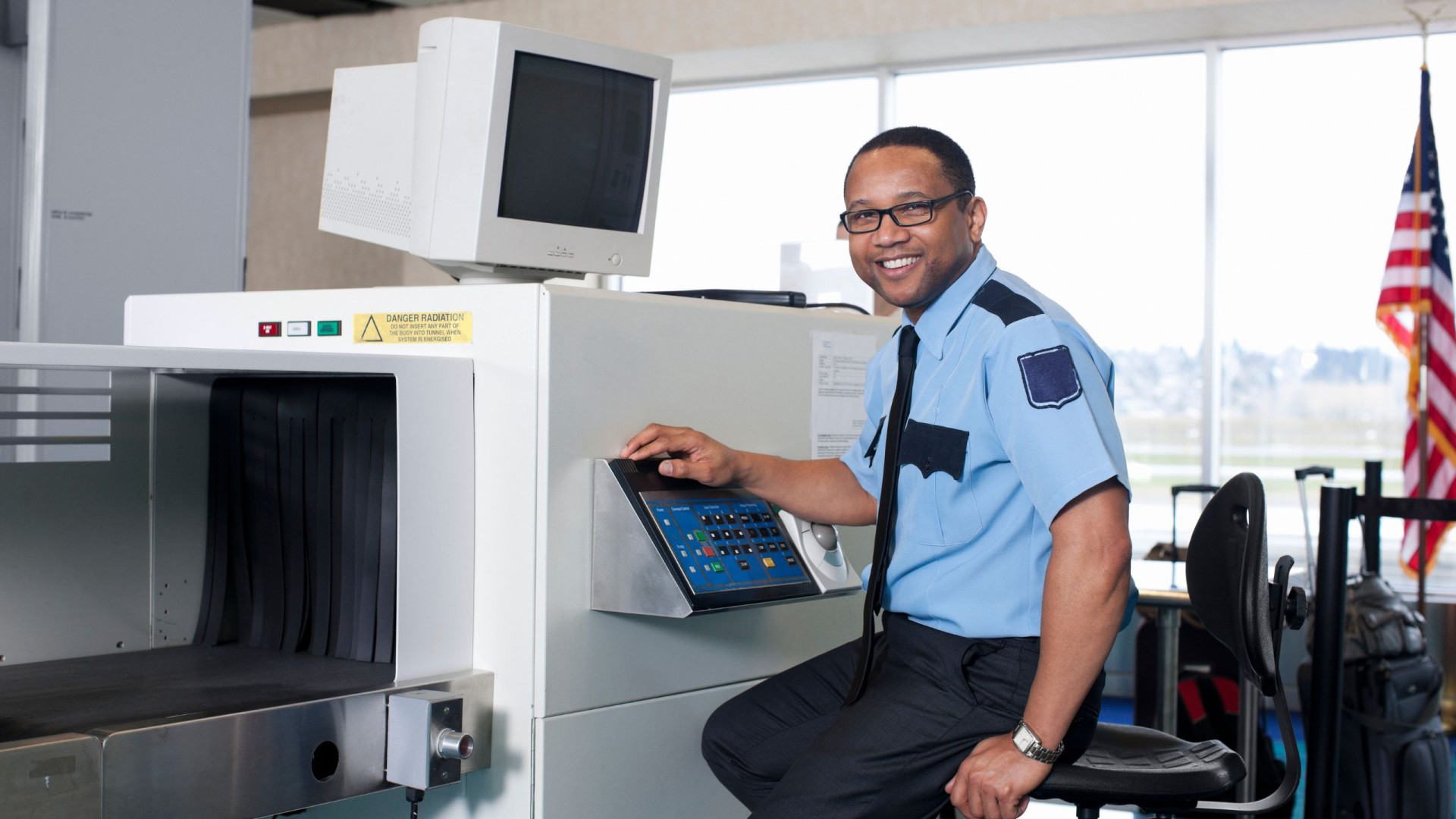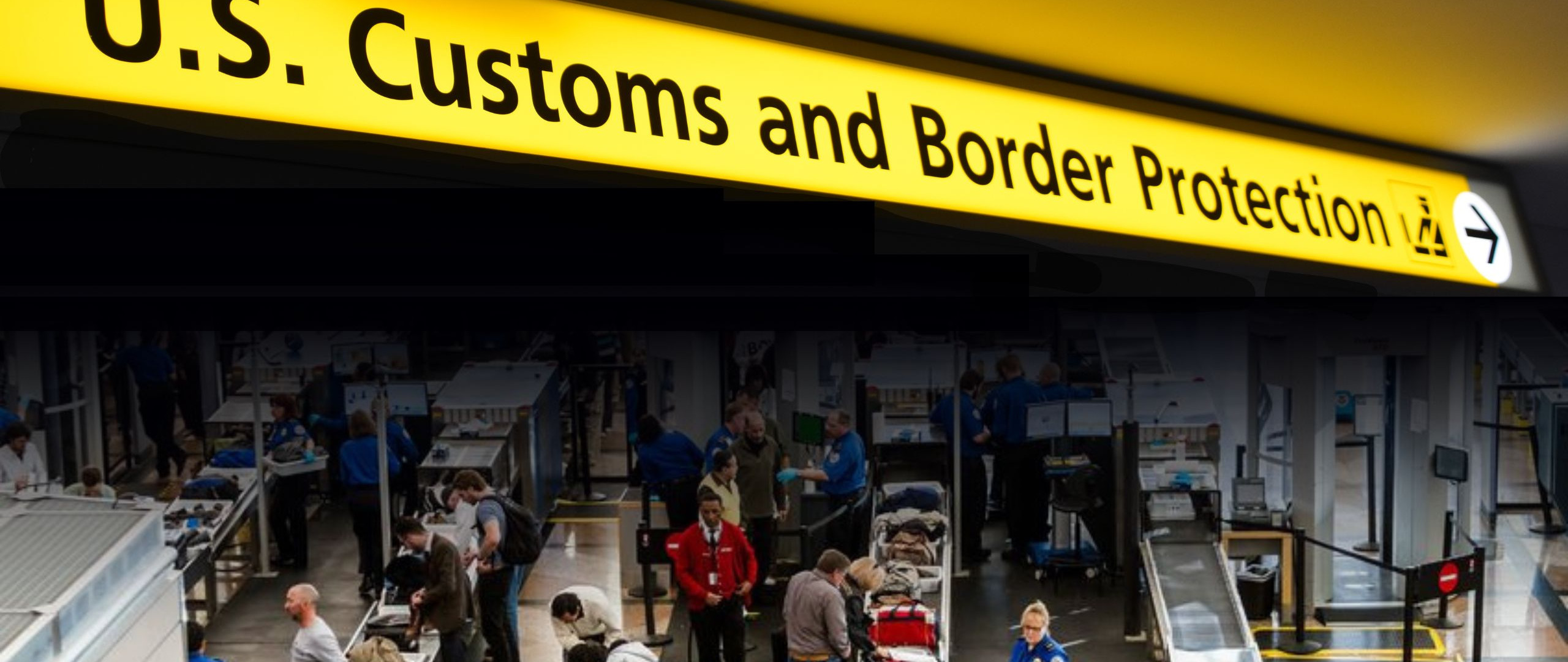Updated on 16.05.2025
Whether with a visa or ESTA – every US traveler should be aware that it is always only at the border control that a decision is made as to whether a person may enter the United States or not. Occasionally there are questions and even intensive interviews. In the following we will therefore deal with the important topic of entry controls or primary and secondary inspection.
Share article:

A flight across the Atlantic, an important meeting in New York, a conference visit to San Francisco - business trips to the United States are part of everyday life for many international companies. However, perhaps the most critical moment of the entire trip does not take place in the conference room, but directly after landing: at the U.S. Customs and Border Protection (CBP) border control.
A valid ESTA authorization or a US visa in your passport is not a guarantee of entry, but merely permission to ask for entry. The final decision is always at the discretion of the U.S. Customs and Border Protection officers during border control.
This process can range from a short routine question to an interrogation lasting several hours. Below we provide a comprehensive overview of the Primary Inspection and Secondary Inspection at the US border.
The first direct interaction with U.S. Customs and Border Protection (CBP) officers takes place at the port of entry (POE), i.e. at the border checkpoint at the airport, port or national border - the so-called Primary Inspection.
Primary Inspection is the first inspection station for all arriving international travelers. The aim is to quickly check
At the counter, CBP officers will pick up your documents for identity verification and scan them. Alternatively, the scan can also be carried out at an automated terminal. Your biometric data will then be recorded: A digital photo is taken and fingerprints are captured. In addition, the customs officers will ask you a few questions about your planned stay in the US.
This process only takes a few minutes for most US travelers and is a standard procedure that should not cause any concern. The officers decide here whether you are allowed to enter the country directly or whether a more detailed check is necessary in Secondary Inspection.
The questioning is brief and aims to quickly verify the purpose of the trip. Remain calm and friendly when the US officers ask you questions. Clear, precise and truthful answers are the key to success here. Please note that your answers should match the information in your ESTA application or US visa application. Typical questions during the Primary Inspection are:
In general, it's about what you intend to do in the United States and how long you plan to stay. Be honest and don't try to hide information or make up stories. If you don't understand a question, politely ask for repetition or clarification.
If all answers are conclusive and the documents are in order, i.e. if the border officers have no concerns about the person and the purpose of the journey, they will grant entry. An electronic note in the I-94 system records the traveler's entry status and permitted length of stay. This means that the traveler is approved for entry and can therefore leave the border checkpoint and officially enter the United States.
If a more detailed inspection is necessary, the traveler will be subject to a secondary inspection.

If there are concerns about your person, your intention to enter the country or your ESTA or US visa, the US officers have the option of carrying out a so-called Secondary Inspection. This second inspection is more intensive and detailed than the first interview and can take a few hours.
The thought of having to go through Secondary Inspection immediately triggers concerns in many travelers. However, it is important to understand that being referred to this area does not automatically mean that you will be denied entry or suspected of an offense. Remain calm and cooperative.
Secondary Inspection is an area away from the main check-in counters where CBP officers can conduct a more thorough inspection of travelers and / or their baggage.
If you are sent to Secondary Inspection, you will usually be asked to take a seat in a separate waiting area. Waiting times can vary – from a few minutes to several hours, depending on the workload and the complexity of your case.
There are many reasons why someone may be sent for Secondary Inspection, and many of them are harmless or routine:
The procedure may include the following:
The questioning is extremely detailed and may include the inspection of personal belongings. In-depth questions are asked about the exact travel plans, the exact purpose of the trip and any dutiable goods (activities, conversation partners, financing of the trip, intention to return, etc.). CBP officers are authorized to search luggage, laptops, tablets and cell phones. Emails, chat histories and files can be viewed to verify the statements of the person traveling.
The aim is to shed more light on certain circumstances and travel intentions and, ideally, to clarify them so that entry can be granted.
The Secondary Inspection can have various outputs:
Since US President Trump took office in January 2025, there have been an increasing number of media reports from US travelers about problems and increased scrutiny when entering the United States. Although the legal entry requirements and visa procedures have not yet changed, they are being implemented more consistently.
Particularly affected by stricter border controls and security measures are travelers whose purpose of stay is unclear or who are in a legal grey area – a zero-tolerance policy applies here. Searches of luggage and electronic devices are common practice, especially in cases of suspicion. Social media activities are also subject to increased scrutiny, especially for students and participants in exchange programs; critical comments can lead to visas being rejected or revoked.
For most travelers, however, US entry remains unproblematic as long as all information is correct and the documents are complete. Careful preparation, honest and consistent information and compliance with US laws are important. Those who adhere to the regulations and are well prepared can usually enter the United States without any major difficulties.
Entry requirements and situations may change due to health situations, political developments or specific security alerts. It is therefore advisable to find out about the current situation shortly before your trip to the USA, e.g. from official government sources in your home country, the US authorities and reputable news sources.
Pay particular attention to changes in health requirements, such as vaccination requirements or specific restrictions.
Despite the best intentions, mistakes can happen that lead to inconveniences or problems at US border control. To ensure a smooth process when traveling to the USA, you should observe the following points or train your employees accordingly:
Entering the United States does not have to be reason for concern. As explained in this guide, thorough preparation and a good understanding of the procedures are the key to a smooth entry into the US.
Primary Inspection is a standard procedure for international travelers, and even a referral to Secondary Inspection is often unproblematic if you maintain calm, cooperation and honesty.
Remember that CBP officers fulfill an important security role. Your honest communication contributes significantly to a positive process. Make sure you have all the necessary documents to hand, apply for ESTA or the appropriate US visa in good time and find out about the current entry and customs regulations.
Proactive action is crucial, especially for companies and their employees: Make sure that travelers understand the difference between permitted business activities and unauthorized work under the Visa Waiver Program (ESTA). For complex projects or longer assignments, it is advisable to seek advice from specialized US experts at an early stage in order to avoid potential entry problems.
Date:
Wir und unsere Partner nutzen Cookies, um personenbezogene Daten wie z.B. Browsing-Daten zu speichern und abzurufen, um z.B. Inhalte und Werbung bereitzustellen und zu personalisieren sowie die Verwendung der Website zu analysieren und das Benutzererlebnis zu verbessern. Sie erfahren mehr über die Zwecke, für welche wir und unsere Partner Cookies einsetzen, wenn Sie unten auf den Button „Cookie Einstellungen“ klicken. Hier können sämtliche Einstellungen auch geändert werden. Nachträglich kann man jederzeit seine Cookie-Auswahl überdenken oder seine Einwilligung widerrufen, indem man auf den Link zu den Cookie-Einstellungen im Footer unserer Webseite klickt. Beachten Sie bitte, dass das Blockieren einiger Cookie-Typen unsere Möglichkeiten zur Bereitstellung von auf Ihre Interessen zugeschnittenen Inhalten haben kann oder einige Funktionen der Webseite nur eingeschränkt zur Verfügung stehen.
Durch klicken auf “Alle Cookies akzeptieren” stimmen Sie unserer Nutzung und der Weitergabe Ihrer Daten an unsere Partner zu.